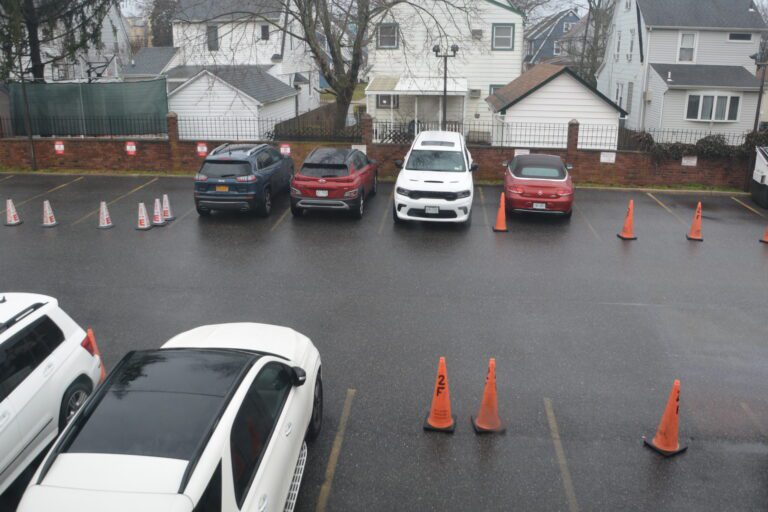
Americans have always had a love affair with cars. Cars symbolize post-modern life in that they are speedy, beautiful and get you nowhere fast. Every teenager understands that a driver’s license and the purchase of your first car is a rite of passage into adulthood. The teenage muscle car is louder than in the past. For some kids, loud muffler-free cars are a power grab to prove that they have arrived.
Cars are unique phenomena and have fascinated artists, song writers, film makers and novelists. The Beach Boys made it big with the irresistibly light-hearted and upbeat “Little GTO.“ Michael Mann’s riveting film “Collateral” starred Tom Cruise and Jamie Foxx and most of it took place in a taxi cab cruising the streets of late night Los Angeles.
Stephen King channeled the more sinister nature of automobiles as he wrote the horror novel “Christine” about a 1958 Plymouth Fury, which was apparently possessed by demonic forces transforming Arnold from an acne-faced nerd into a super greaser.
The great American writer and cultural anthropologist Tom Wolfe penned many articles about cars. His classic “The Kandy-Kolored Tangerine Flake Streamline Baby” helped put the custom car movement on the map. Wolfe discovered the customized car craze in Burbank, a suburb of California, and he described it as an art form controlled by the wealthy teenage world of that state in the late 1950s.
Wolfe also wrote about the car craze in the South with his essay “The Last American Hero.” This essay was about Junior Johnson, who earned his bones running whisky up and down the Appalachian slopes of North Carolina and converted his skills into stock car racing. But Wolfe lived in Manhattan, so it was inevitable that he would write about the Riverhead Raceway on Long Island.
He recounted how Lawrence Mendelsohn created the Demolition Derby, an evening of thrills and spills, by inviting 100 drivers with sturdy old jalopies to carom off of each other until all but one was demolished. Such fun in Riverhead in the good old days. Now all kids can do is wreck things in video games.
Thus far I have described distinctively American approaches to cars. A few years ago I had the pleasure of walking along one of the streets in Monte Carlo, a windy thoroughfare that is used in the Monaco Grand Pix and its Formula One cars. The racing that takes place in Monte Carlo is on the opposite end to what we as Americans witnessed in the Demolition Derby in Riverhead.
The European idea of racing is to combine glamor, prestige, celebrities, yachts, and very expensive cars into an admixture of excitement. You may recall seeing this race in one of the “Iron Man” films. American racing is to combine death, explosions, blood, bone fractures with a middle-class tone.
When I was a kid, I recall my father saying that one of his goals in life was to get a chauffeured limousine so that he would never have to drive again. I never could understand why he felt that way until I got into my later years. Now I understand exactly how he felt.
As I drive now, I stick to the right lane. I have come to observe that people 65 and older are the right lane drivers and usually drive either Mercedes or Toyotas. People 45 to 65 years of age tend to stick to the middle lanes and like to drive new Volkswagens or Audis and drivers aged 20 to 45 always gravitate to the left lane as soon as they get on the parkway and they drive either Porsches, BMWs or very expensive looking pick-up trucks that are clean and that have never picked up anything but groceries.
Years ago Bob Lipsyte of The New York Times did a brilliant series called NASCAR Nation and he asked for my take on NASCAR drivers. I told him they sought the excitement that comes when you flirt with death. But undoubtedly people have a variety of motives when they buy and drive their cars.
We all feel more cyborg-like, detached, impatient and angry when driving. Some gain a sense of power with muscle cars that make noise. Some feel pride if their car is new or expensive. I do love the new colors cars now have. It’s kind of a mat flat color instead of that old-fashioned shiny gray or white coat.
But as I said at the outset of this piece, one thing is for sure. Cars are a big part of our post-modern life and just like post-modern life, they are speedy, beautiful and get you nowhere fast.






